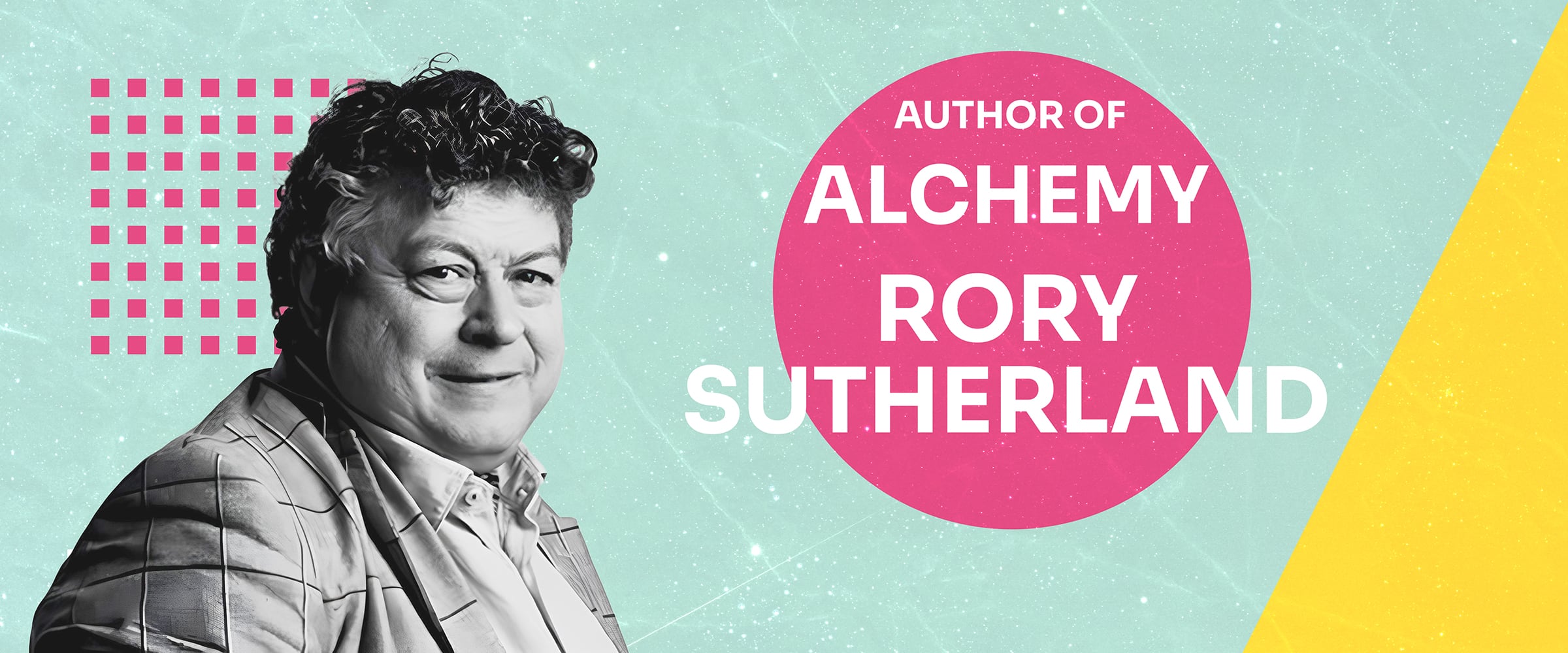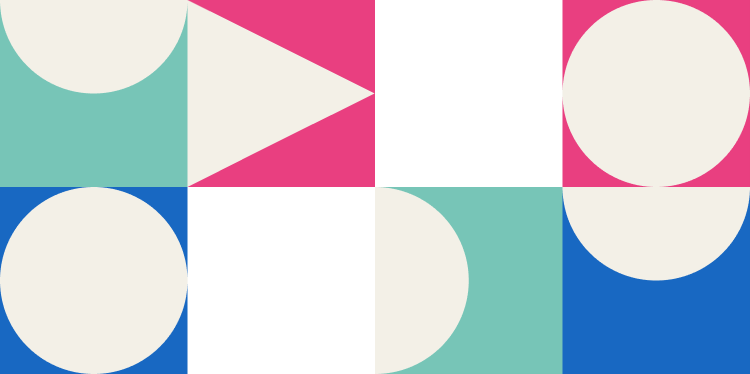
Straight from CBL: Finding Opportunity in What Others Ignore
Method1's Straight from CBL series features highlights from the “Behavioral Science for Brands” podcast from the Consumer Behavior Lab (CBL), hosted by Method1 Founder and President MichaelAaron Flicker and Senior Behavioral Science Advisor Richard Shotton. By decoding the underlying motivations of how consumers make decisions, the CBL seeks to make a better industry—where both brands and agencies put proven science behind their decision making. At Method1, we put the CBL's insights into practice, making indulgence brands that deserve to be experienced irresistible.
Countless indulgence brands are trapped in an endless game of copycat, and it’s costing them millions.
When CPG brands chase the same flavor trends and every spirits brand echoes the same craft cues, they're missing one of the most efficient strategies for building memory structures and driving consumer choice: harnessing what competitors ignore.
In Episode 73 of “Behavioral Science for Brands”, Flicker and Shotton interview Rory Sutherland, the author of Alchemy and one of advertising's most counterintuitive thinkers, who reveals how brands can strike gold by embracing the “irrational.”
Sutherland calls this "reverse benchmarking," and it's the opposite of following category norms and traditional brand playbooks. As he explains it: “The really disruptive thing [successful brands] did was to double down on something that everybody else had neglected.”
Consider DoubleTree hotels. Modest rooms, no ornate lobbies. But that warm chocolate chip cookie at check-in? It creates the kind of unforgettable connection that rational amenities can’t.
The strategy works because it's unexpected—a moment of indulgence when you're tired from traveling, the emotional reward you didn’t know you needed for simply getting to the hotel.
While competitors in CPG and spirits fight over the same territory with me-too campaigns and innovations, value hides in the delightful details that nobody thinks about or measures:
- The ritual of licking seasoning off your fingers after finishing a bag of premium chips
- The distinctive sound of the seal being broken on your bourbon bottle
- The surprise tucked inside everyday packaging that transforms a routine purchase into a moment of discovery
Hard seltzers exploded by finding the space between beer and cocktails that nobody was serving. Pringles—even at their highly accessible price point—signals they’re a cut above on quality with their singular canister.
These differentiating touches can matter more than major product innovations.
Why? They create what behavioral science calls cognitive ease—making choice the path of least resistance. When you apply the “effort heuristic” (the perception of care creates value) or the “peak-end rule” (people remember experiences by their high points and conclusions), you encode emotional memories and harness mental shortcuts that make choosing you effortless.
It's a potent strategy for challengers trying to disrupt entrenched leaders or established brands watching growth stall. While competitors chase marginal gains with line extensions and/or campaigns that don’t stick, you're creating the small moments of unexpected joy that lodge in memory and drive habitual preference.
So, stop competing where everyone else is strong. Start innovating where they're absent—tapping what seems irrational to make choosing your brand irresistible.
As you read this excerpt, ask yourself: What opportunities to own the unexpected does your entire category overlook?
Podcast Excerpt
The “Behavioral Science for Brands” podcast from the Consumer Behavior Lab
Episode 73: Interview: Rory Sutherland, author of Alchemy, on why irrational ideas work
Note: Transcript lightly edited for clarity
Speakers: Rory Sutherland (RS), Richard Shotton (RSh), MichaelAaron Flicker (MAF)
RS: Most innovation involves basically the discovery of value in an area that's been under quantified before. I've actually got a theory about this, which I think is an exercise that everybody can steal, which I call “reverse benchmarking.” ...
I’m going to tell this story again: [American restaurateur] Will Guidara wrote a fantastic book, Unreasonable Hospitality.
MAF: About 11 Madison Park.
RS: Right. He goes from 11 Madison Park, when they're number 50 in 2011 in the World Restaurant Awards sponsored by San Pellegrino. And he wants to get to number one. Personally, I'm a satisfier. I’d aim to get to number seven, but Will's not like me. He wants to get to number one.
And he takes everybody—a cross section of his team—to the number one restaurant, which is also a 3-star Michelin restaurant in New York. And all his colleagues are jotting down the things they do really well. And at the end of the meal, they're all going, “We ought to copy this thing with the napkins. We ought to do that thing with the bathroom.”
And Will goes, “No, I don’t want to do any of that stuff. Because they’re already doing it.”
And this requires an act of imagination sometimes, or at least an act of curiosity and imagination, but he says, “What I want to know is, what was a bit disappointing?”
It was two things: the coffee and the beer.
The beer drinkers got really short shrift compared to the wine drinkers, and the coffee was nothing special. So on his team, there’s a coffee obsessive and there's a beer obsessive. And he says, “From now on, you are the beer sommelier and you’re going to bring out a beer menu and you're going to suggest food pairings to beer drinkers.” And the coffee sommelier is also there, presumably talking about single origin roasts.
[...]
RS: And so the argument of reverse benchmarking is, do exactly what Will Guidara did. Don't say, “What do they do well? We'll do the same thing.” Instead say, “What are they doing slightly badly? Or, “Where is there effectively unserved space for value creation? And let's go and hit it out of the park.” I think you could make the case that 90% of innovations emerged from exactly this phenomenon.
Apple is loads of nerds competing for technological superiority. Apple goes, “Yes, but why does it have to be so ugly and difficult to use?”
These non-numerical spaces are ripe for innovation because nobody's measuring them, so no one's benchmarking them. Because you can't put a figure on Apple's loveliness. I mean, I'm an Android user by the way, but I nonetheless acknowledge some of what they did.
You could look at a lot of businesses and say, “The really disruptive thing they did was to double down on something that everybody else had neglected.”
To hear more about finding innovation in overlooked spaces, listen to Episode 73 of The Behavioral Science for Brands Podcast in its entirety here.
To see behavioral principles in action making indulgence brands irresistible, explore Method1's work.
Ready to
make your brand
irresistible?
